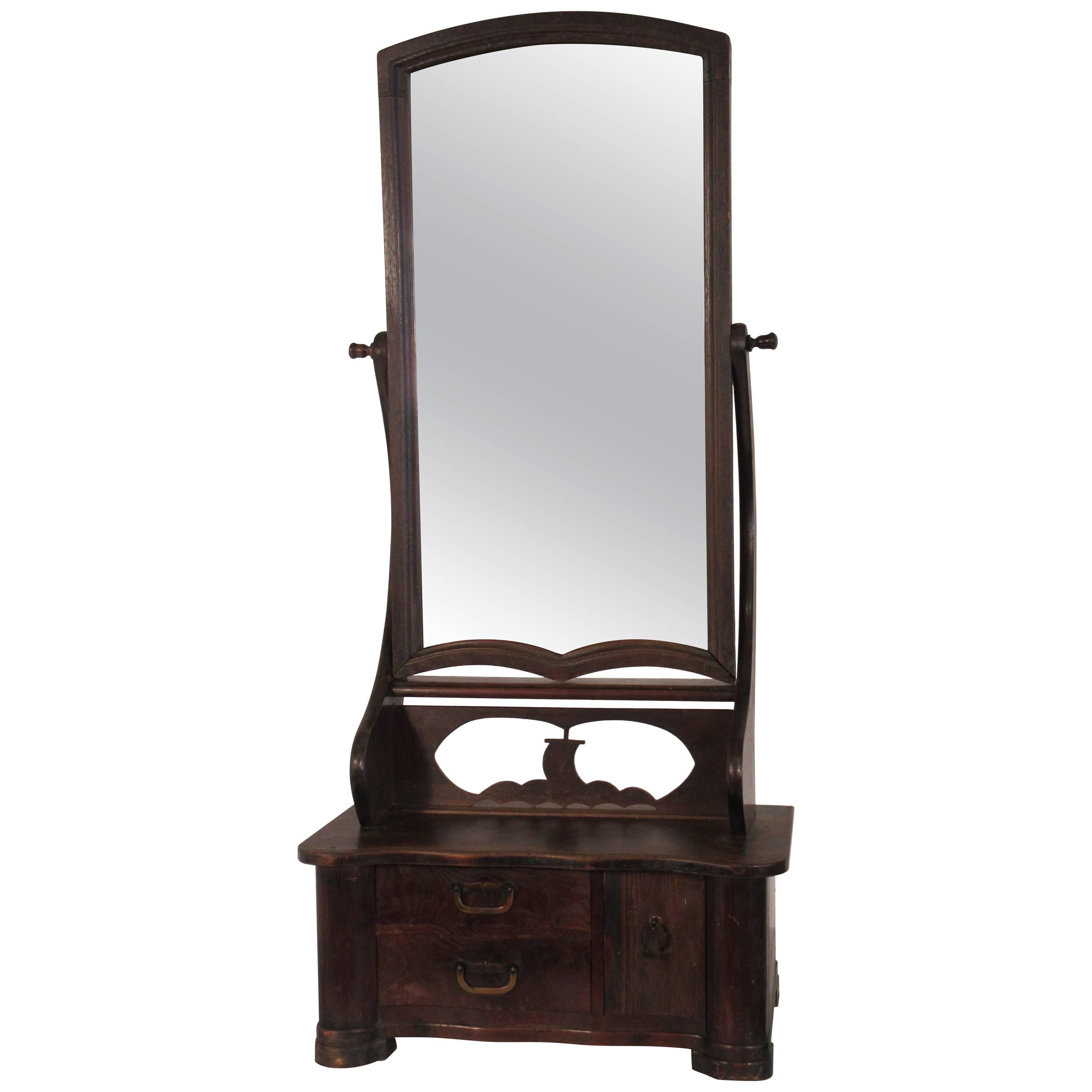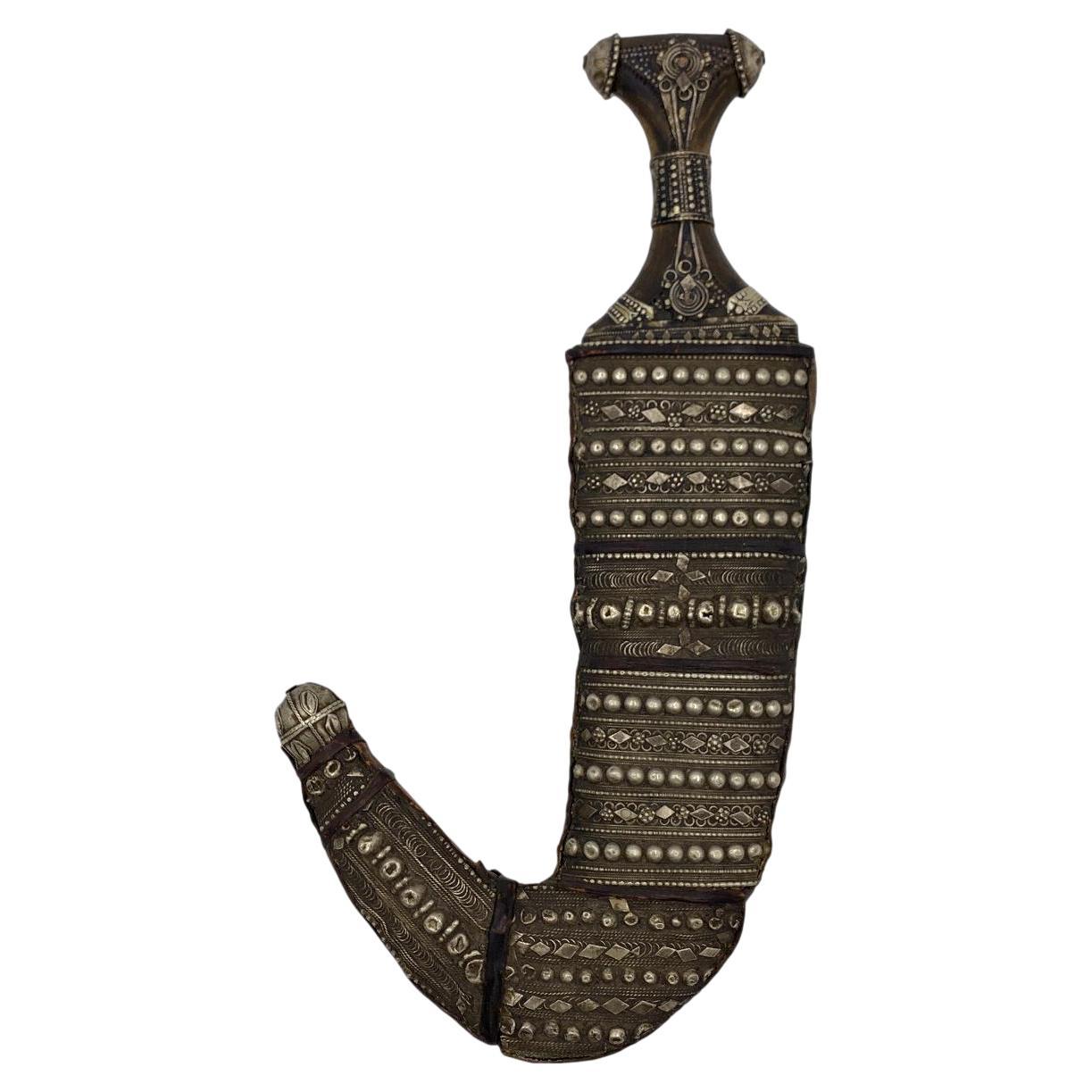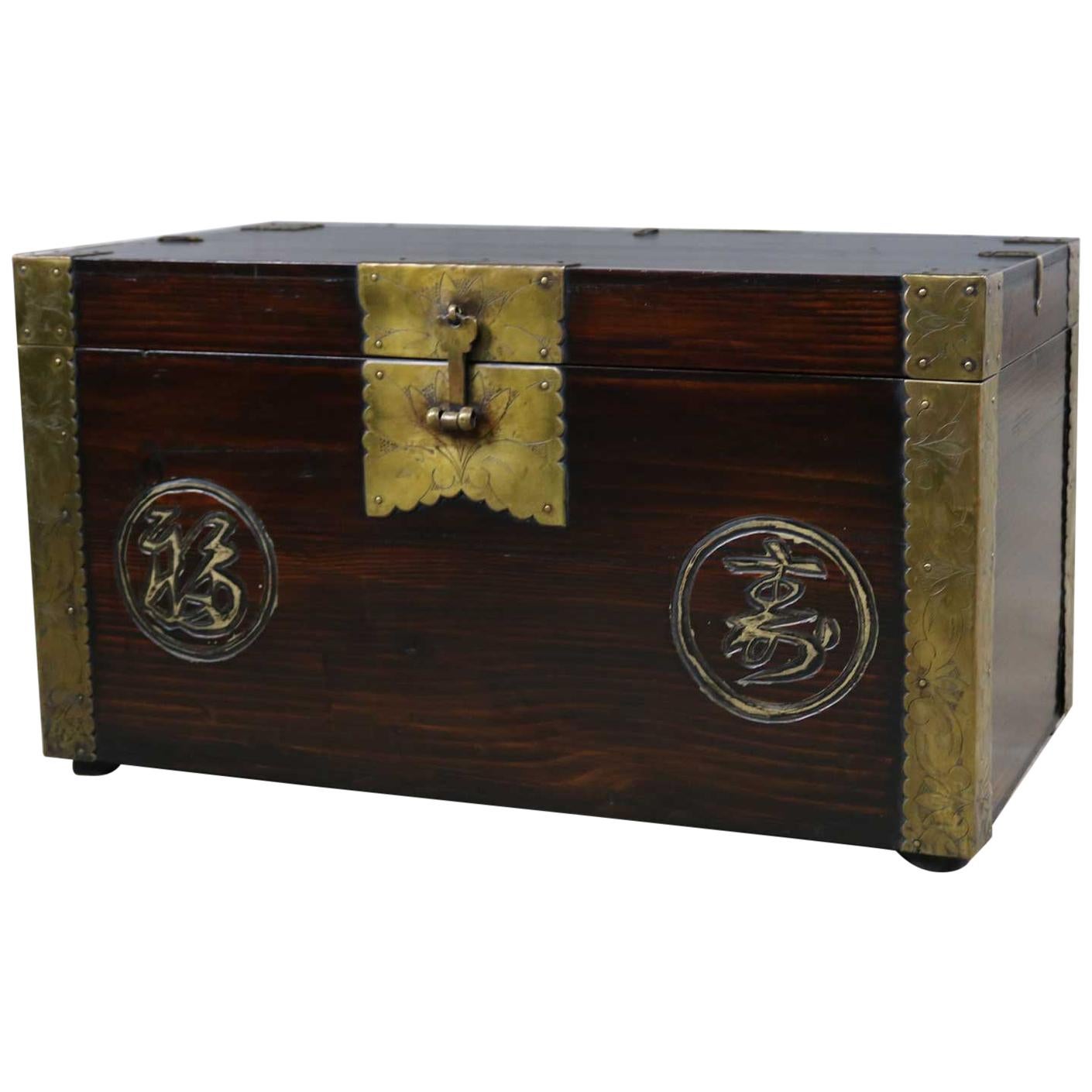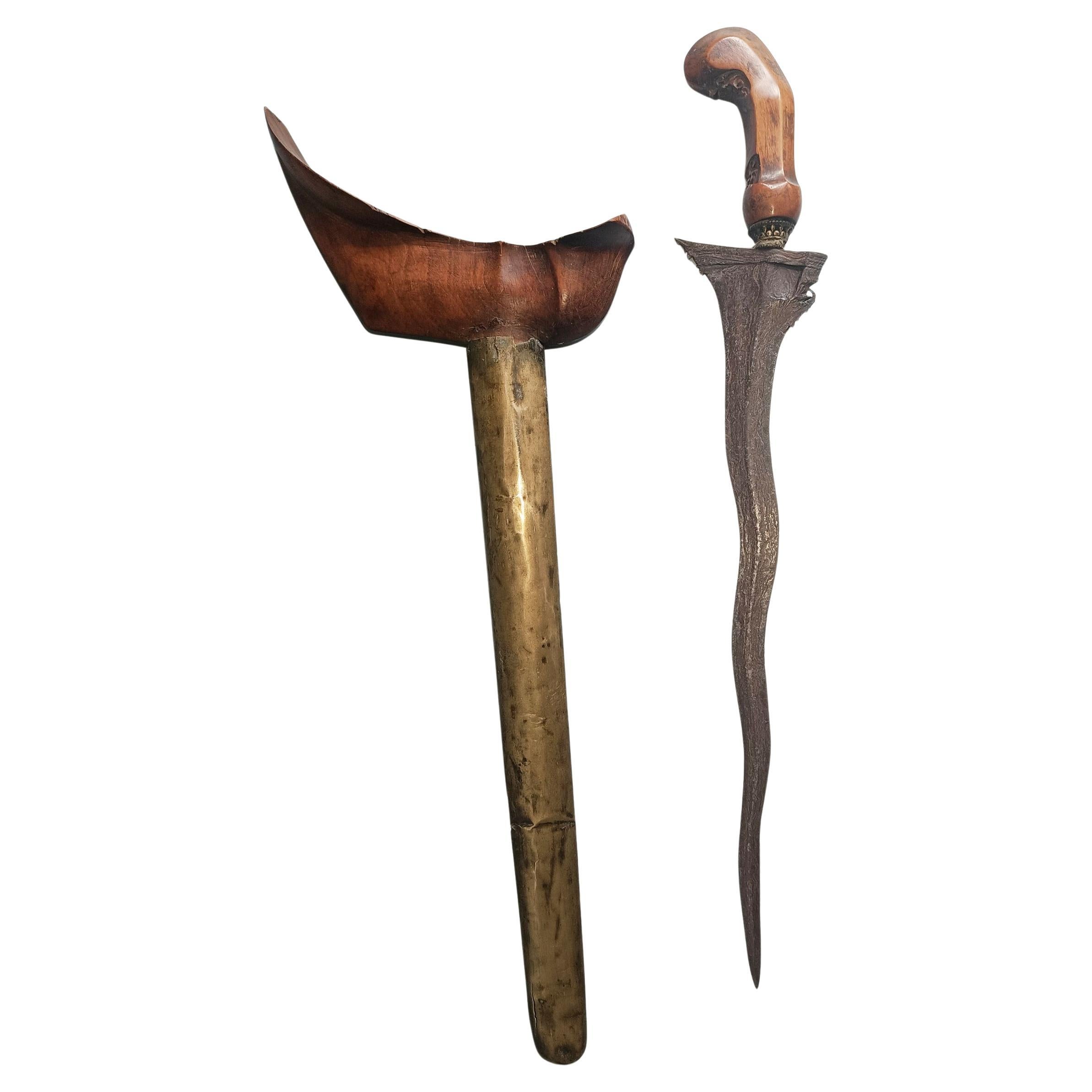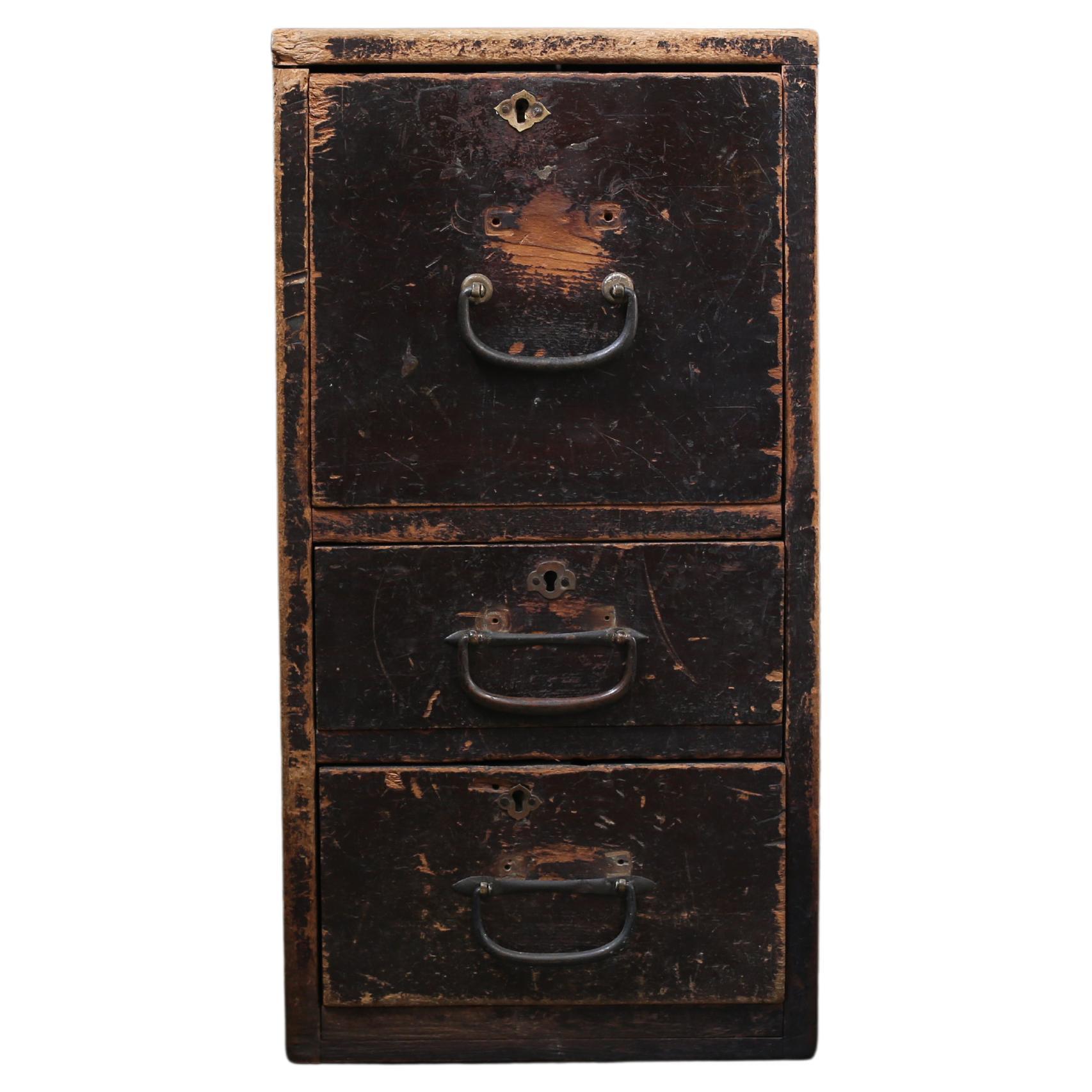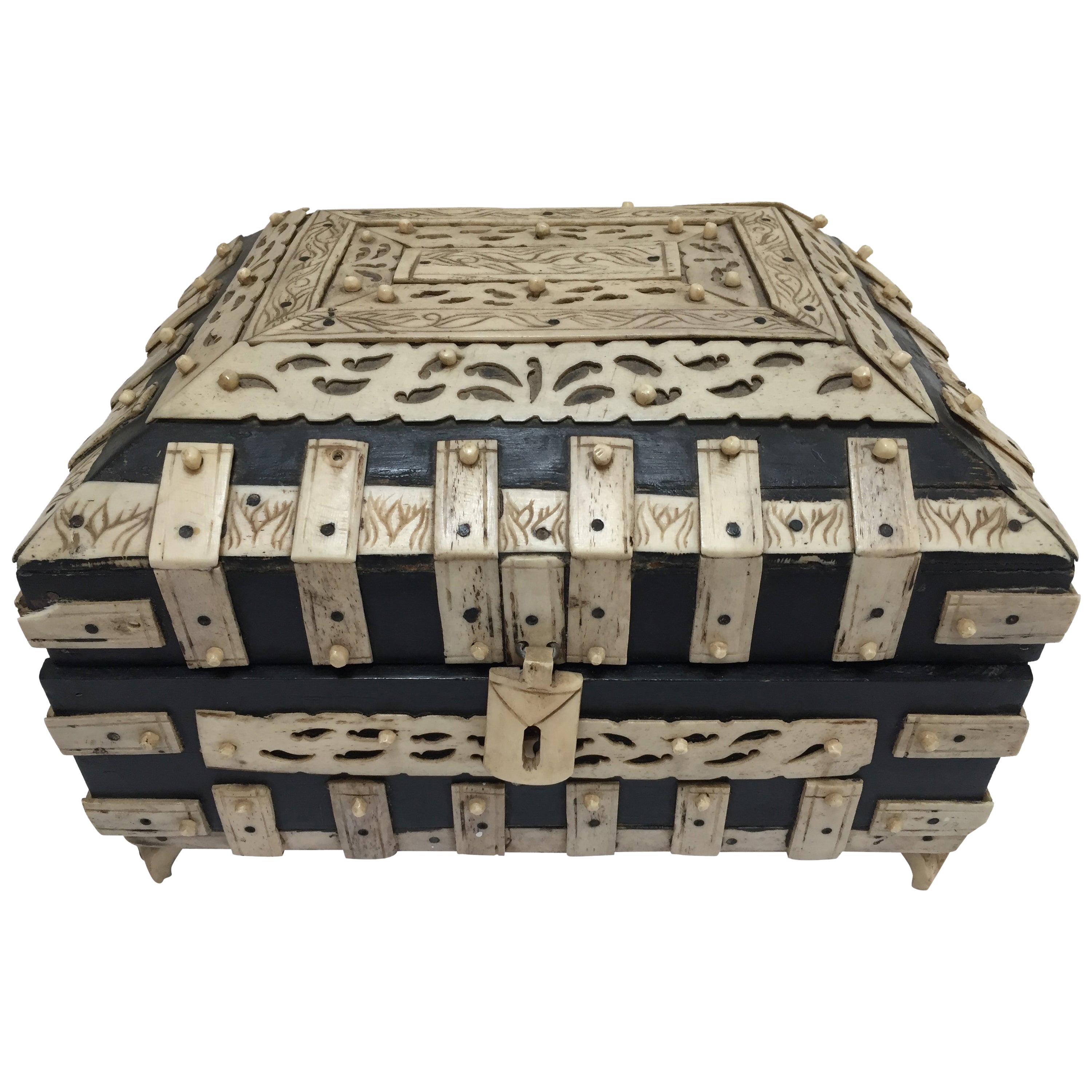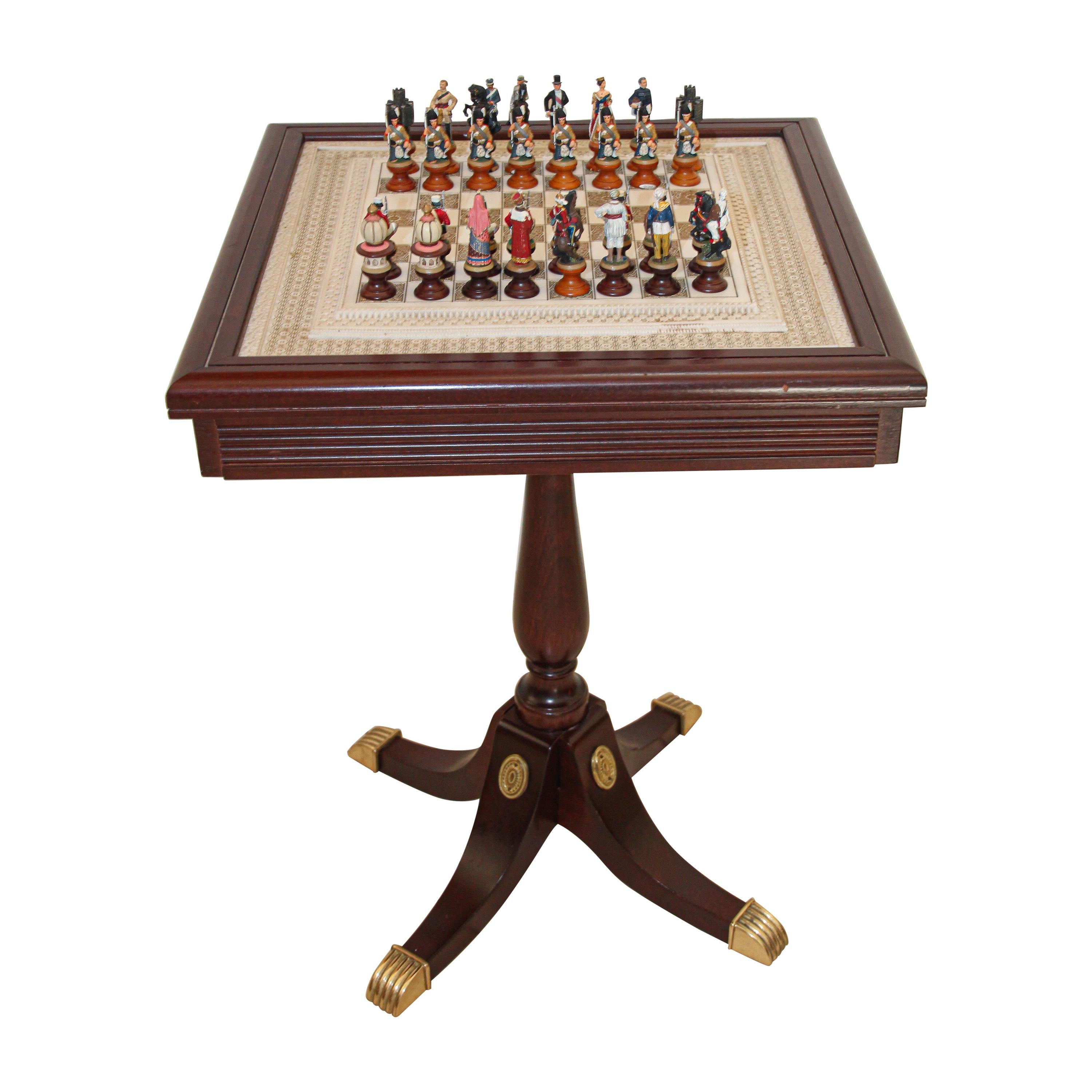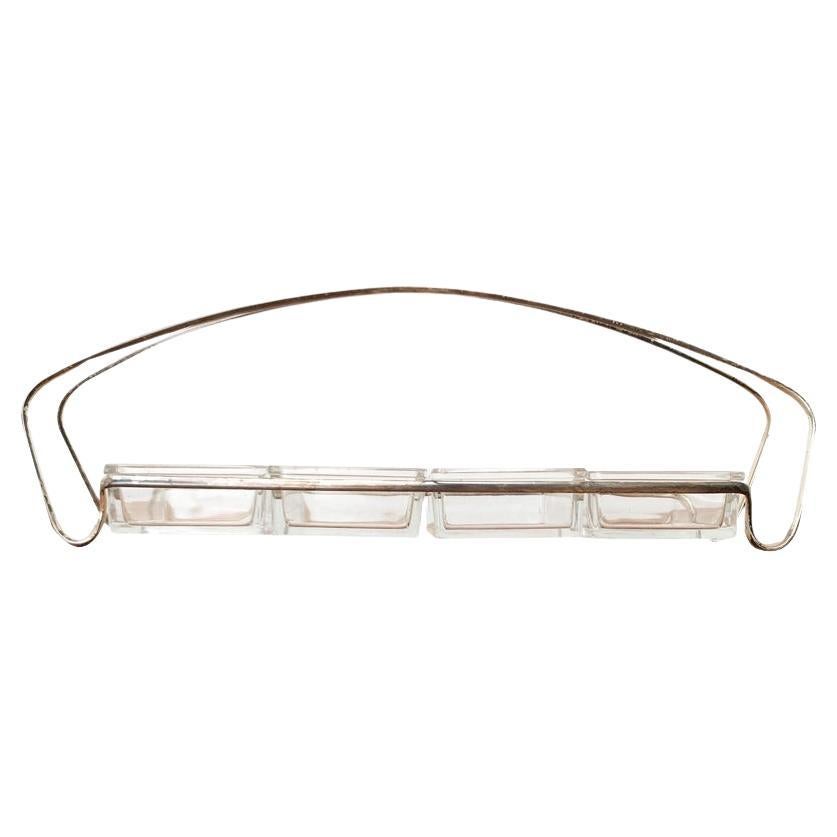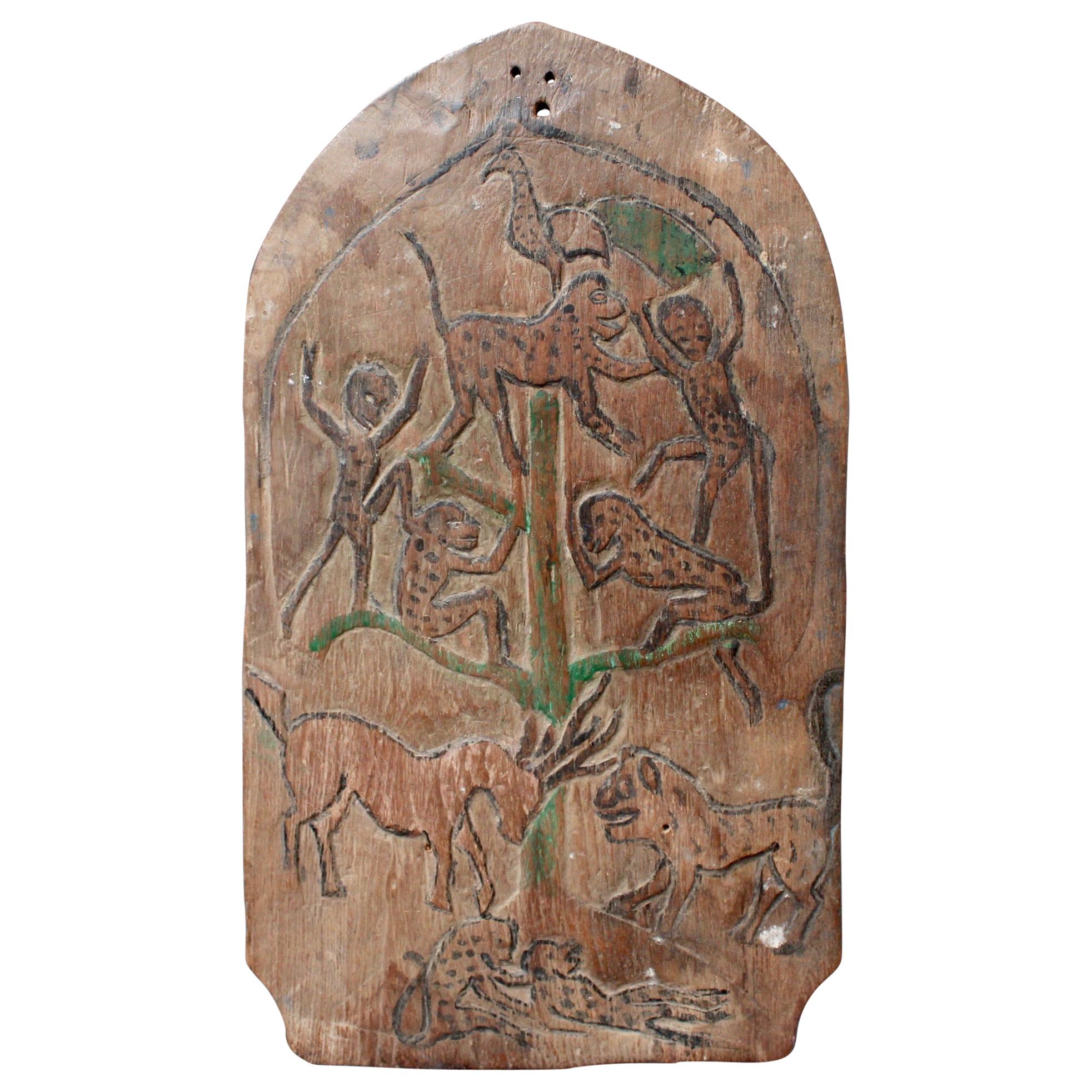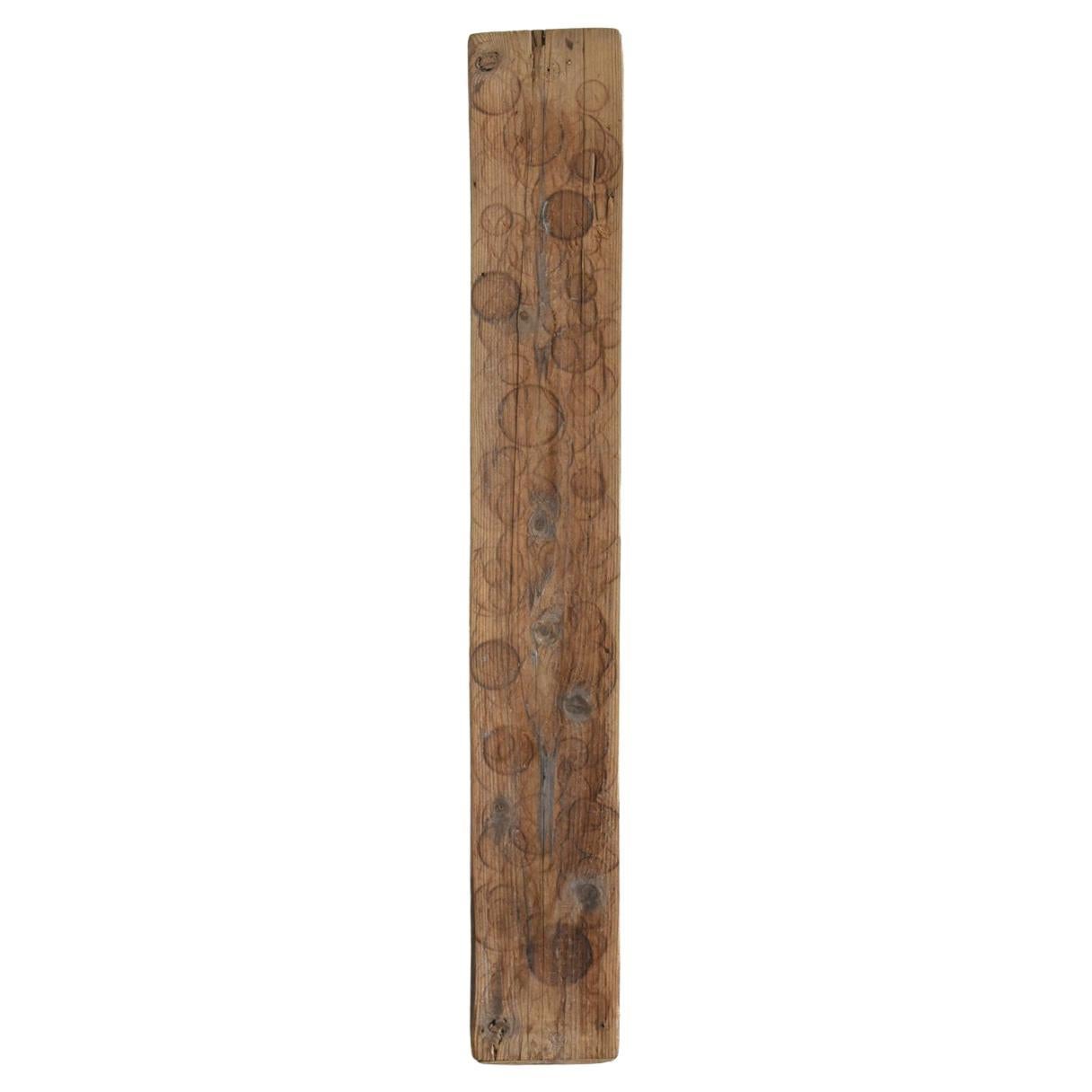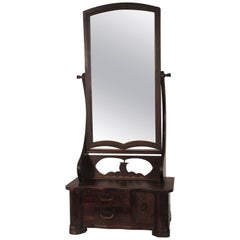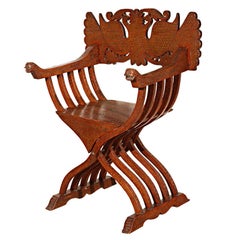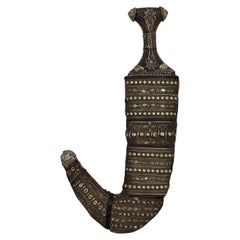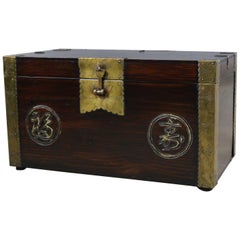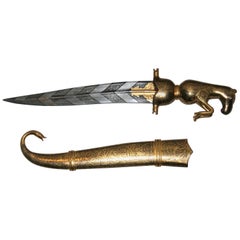
Magnificent Richly Decorated 1920s Damascened Rajput Dagger with Gold Work
View Similar Items
1 of 16
Magnificent Richly Decorated 1920s Damascened Rajput Dagger with Gold Work
About the Item
- Attributed to:British Raj (Artist)
- Dimensions:Height: 16 in (40.64 cm)Width: 3 in (7.62 cm)Depth: 1 in (2.54 cm)Seat Height: 0.1 in (2.54 mm)
- Style:Anglo Raj (In the Style Of)
- Materials and Techniques:
- Place of Origin:
- Period:
- Date of Manufacture:1920s
- Condition:Wear consistent with age and use.
- Seller Location:Houston, TX
- Reference Number:1stDibs: LU3046316273001
Authenticity Guarantee
In the unlikely event there’s an issue with an item’s authenticity, contact us within 1 year for a full refund. DetailsMoney-Back Guarantee
If your item is not as described, is damaged in transit, or does not arrive, contact us within 7 days for a full refund. Details24-Hour Cancellation
You have a 24-hour grace period in which to reconsider your purchase, with no questions asked.Vetted Professional Sellers
Our world-class sellers must adhere to strict standards for service and quality, maintaining the integrity of our listings.Price-Match Guarantee
If you find that a seller listed the same item for a lower price elsewhere, we’ll match it.Trusted Global Delivery
Our best-in-class carrier network provides specialized shipping options worldwide, including custom delivery.You May Also Like
1920s Asian Shaving Mirror with Draws
Located in Tarrytown, NY
1920s Asian shaving mirror with draws and copper pulls.
Category
Vintage 1920s More Asian Art, Objects and Furniture
Islamic Moorish Peacock Armchair with Brass Inlays Anglo-Indian 19th c.
By Tony Duquette, British Raj
Located in North Hollywood, CA
Antique Anglo Indian Savonarola Inlaid Moorish Peacock armchair.
Savonarola Arabian Islamic Folding chair with brass Inlays British India with Peacocks birds backrest.
19th century M...
Category
Antique Late 19th Century Indian Anglo-Indian Armchairs
Materials
Brass
Fine Vintage Yemeni Jambiya 'Kanjar' Dagger
Located in London, GB
Unusual and interesting early 20th century Jambiya has an "I" shaped horn hilt, forged carbon steel blade. The sheath is leather in back and embossed brass in front, held in place wi...
Category
20th Century Yemeni More Asian Art, Objects and Furniture
Materials
Steel
Antique Korean Trunk Chest or Box circa 1920s with Luck and Longevity Characters
Located in Topeka, KS
Handsome antique Korean trunk or chest with beautiful brass details and the auspicious Chinese characters for luck and longevity carved into the f...
Category
Early 20th Century Korean Chinoiserie Decorative Boxes
Materials
Brass
Large Antique Indonesian Kris Dagger – Ethnographic collectible weapons
Located in London, GB
Large Antique Indonesian Kris Dagger – Ethnographic collectible weapons
A striking and authentic large antique Indonesian Kris (keris) dagger, dating to the early 20th century. This traditional Southeast Asian weapon features a dramatic curved zigzag (luk) blade, expertly forged and finely detailed, symbolizing power and spiritual energy. The blade is paired with a carved Horn hilt and shaped wooden sheath, showcasing classic Indonesian...
Category
Early 20th Century Indonesian Tribal Art
Materials
Wood
Anglo-Indian Vizagapatam Bombay Mughal Style Footed Box With Bone Overlay
Located in North Hollywood, CA
Nice and unusual Indian Mughal style large decorative box, filigree and carved horn.
Anglo-Indian footed domed box with exceptional engraved details throughout with filigree and carved veneered bone plaques with arabesque carving.
Vizagapatam, late 19th century.
History of the Anglo-Indian Boxes
Beginning in the early part of the 18th century, Indian artisans made what came to be known as Anglo-Indian boxes for the English residents living in India, who eventually brought or sent them back to England. At the beginning of the 19th century, India began exporting these boxes commercially, although not in any significant numbers until the 1850s. People valued them so highly that manufacturers of tins copied the designs on them in the late 19th and early 20th century.
Anglo-Indian boxes fall into four groups: Rosewood or ebony boxes inlaid;
sandalwood boxes veneered; sandalwood boxes covered with Sadeli mosaic; and carved boxes often combined with Sadeli mosaic/
The first two categories came from Vizagapatam in East India while the last two came from Bombay in West India.
English traders discovered the rich woods and intricate workmanship of Indian artisans, so colonial government officials began to recognize the work of the Indian artists and craftsmen as a source for satisfying the need for furniture and boxes, which would both serve to enhance English households in India. This gave rise to the cabinetmaking workshops in Vizagapatam between Calcutta and Madras.
Craftsmen made the first boxes to be decorated with Sadeli mosaic of rosewood or ebony, incised to give further definition to the decoration, directly inlaid into the wood. The shape of the early boxes was either sloping at the front with a flatter section at the back, reminiscent of English writing slopes, or rectangular. Artisans inlaid the borders with stylized floral scrolls and the centers with a single floral motif following a circular or oval symmetrical or asymmetrical pattern. The edging was ornamental and protective, both helped protect the end grain against the weather.
Made in Vizagapatam, situated on the south east coast of India, near Madras
These exotic boxes...
Category
Antique Late 19th Century Indian Anglo Raj Decorative Boxes
Materials
Wood
Recently Viewed
View AllMore Ways To Browse
Damascus Furniture
Damascene Furniture
Dagger And Sheath
Damascus Steel
Antique Tibetan Coral Beads
Swage Block
Chinese Calligraphy Signboard
Jade Rooster
Chinese Chop Seal
Yak Butter
Chop Seal Stone
Opium Container
Tibet Drum
Burmese Temple Bell
Chinese Carved Ivory Emperor
Forged Iron Double Clamp Black Jack
Japanese Vintage Matchbox
Samurai Horse Riding
